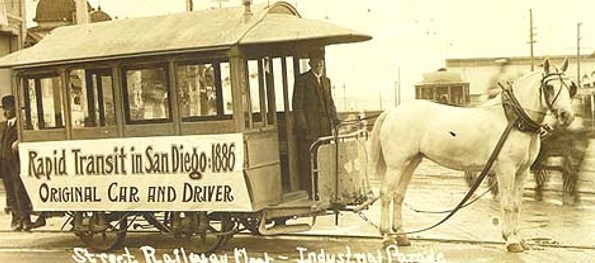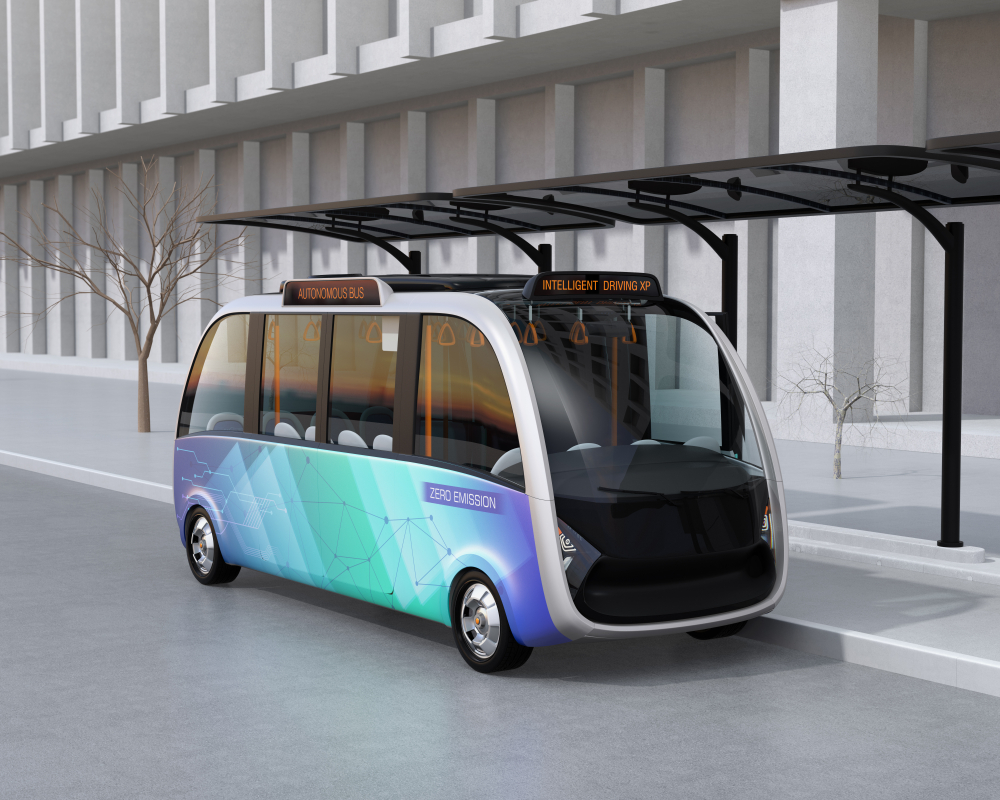Transformational Change and the Future of Public Transportation
Transformational Change and the Future of Public Transportation
(1) There is much speculation but little clarity concerning how autonomous vehicle technologies will unfold and affect transportation services;
(2) There is growing interest in a widening set of transit and broader transportation mobility datasets, covering everything from service schedules to mobility performance measures, and
(3) There are many new entrants and new variations on transportation services emerging, from micro-transit to new on-demand ride services that are cutting into everything from car rentals to ambulance calls, car sales, parking and bus services.
These three dimensions of transformational change– vehicle technologies, data services and mobility services – are leading to both experimentation and an inevitable shakeout (that is already starting), though there is also no doubt that in the future people will gain access to broader and more flexible transportation options. And towards that end, the American Public Transportation Association (APTA) has been taking decisive leadership steps to support integrated and flexible forms of mobility services based on transit. The January 14 issue of APTA’s Passenger Transport news itself featured a front-page article with stories about how its members are “leading the way in flexible mobility.” This follows earlier actions in which Uber and Lyft also became APTA members.

New Opportunities. While there has been overly simplistic press coverage on how app-driven ride services (TNCs) like Uber and Lyft are contributing to transit ridership loss, the true story is more complex and nuanced. Surveys by both Uber and Lyft indicate that these services are in fact being used to enable rider access to transit lines, while simultaneously replacing transit in other situations where transit is less frequent and convenient (which tend to be the situations where transit agencies also have the least cost recovery from fares). Recognition of this fact is now increasing partnerships between public transit authorities and TNC companies who see the potential for a win-win outcome. (See https://nytransit.org/resources/transit-tncs/205-transit-tncs ).
Yet the win-win outcome can only be achieved with continued public investment in public transportation. Press coverage of declining ridership statistics, a reality in many areas of the US, can threaten public perceptions that this investment is still needed. In fact, what is now unfolding about the importance of transit may be quite the opposite, as public transportation is on its way to becoming an integral part of a broader set of mobility services that will become more integrated in coming years. As this is occurring, ridership statistics alone are becoming even less useful as an indicator of how transit agencies are providing mobility for people.
Redefining Performance Metrics. There was an explosion of presentations at the recent TRB conference on dramatic advances in transportation mobility data generation and its use across modes. The importance of thinking in terms of integrated, multimodal planning was also stressed. Together, these trends are creating both a need and a “convergence of opportunity” for transit agencies to redefine how they are serving communities. Rather than be judged merely on ridership statistics, transit agencies in the future are likely be viewed in terms of how they are contributing to multimodal urban mobility -- combining with new urban development and other types of mobility services in making make cities more liveable and economically competitive.
The concept of assessing multimodal urban mobility performance is a “sea change” from the annual ratings of urban traffic congestion ratings that are now released annually (formerly from TTI and in recent years from INRIX and others). Urban planners are already looking for this kind of information to support public investment in better cities, and public transportation funding stands to directly gain from it. The only question is who will take leadership in moving urban transportation performance ratings in this appropriate direction. To date, APTA has initiated work in this direction by exploring options for multimodal mobility indicators.
Ultimately, transit operations and payments as well as transit performance will also need to be connected to integrated mobility solutions. Blockchain technologies, already used to track the movement of payments and good among parties in freight and supply chain management, will be used in the future for payments and service orders among players in integrated mobility services (see /blog/when-will-blockchain-technology-reach-transit-industry ). In fact, this is already starting to occur (see https://cointelegraph.com/news/major-uk-public-transport-provider-partners-with-crypto-startup-for-loyalty-program ).
What next? The key lesson to be extracted from the observations made here is that there is much to be gained by embracing the movement towards integrated mobility services, mobility data and mobility measurement – so that the discussion can rightly focus on the role of key players in enabling better mobility for all. Our need to support this emerging process is far more important than our need to know exactly how or when new technologies will be implemented, or who will be the winners and losers among parties vying for lead roles.

